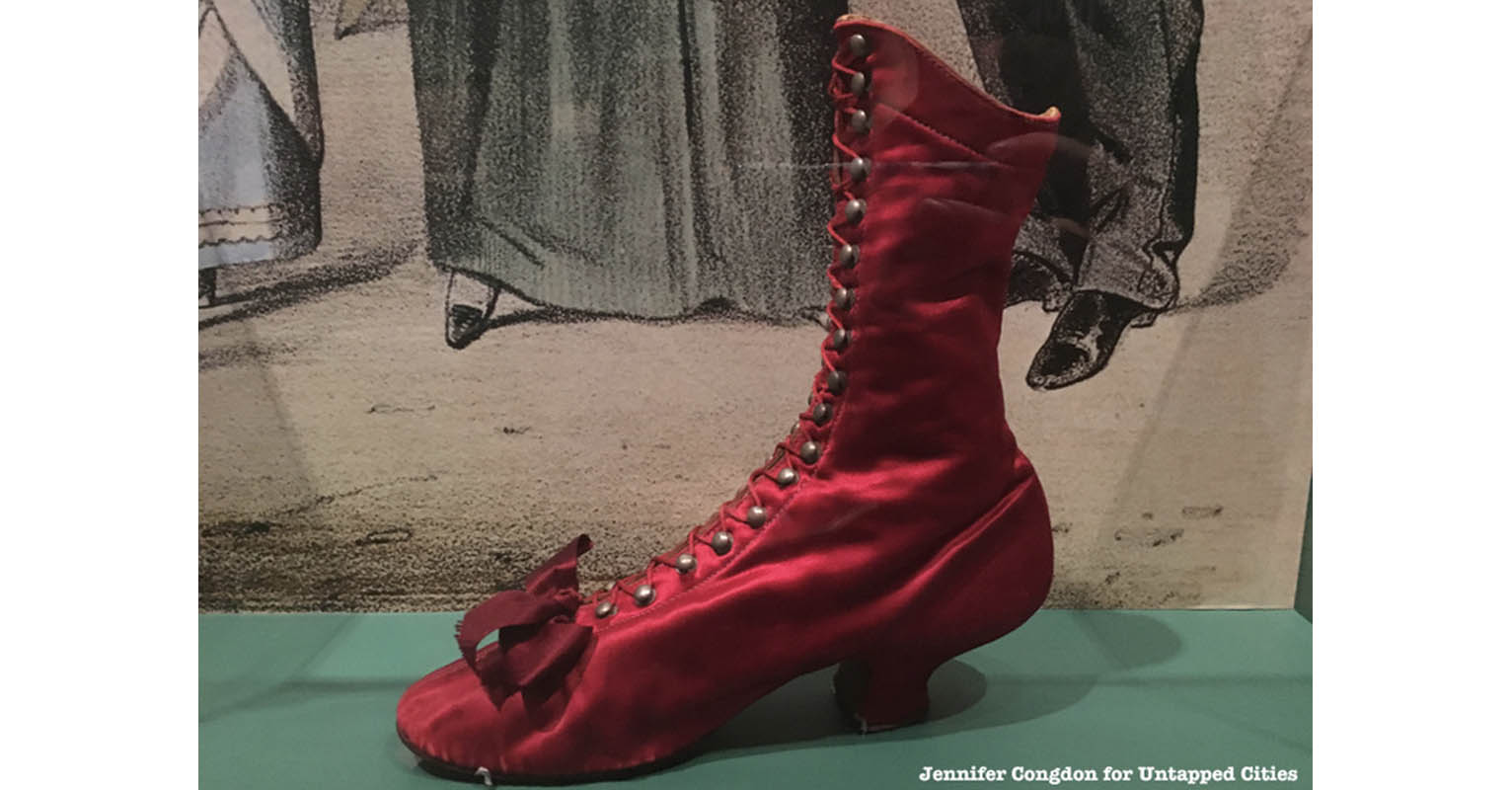On July 17, the Museum of the City of New York debuted the exhibit Rebel Women: Defying Victorianism, which will be on view until January 6, 2019. The exhibit celebrates 19th-century women in New York City who, in their own ways, challenged, and outright defied, the expectations and constraints placed on Victorian women. For a few weeks, visitors can view Rebel Women alongside a complimentary exhibit titled Beyond Suffrage: A Century of New York Women in Politics, until that exhibit closes on August 5, 2018. While Beyond Suffrage focuses specifically on 20th-century women who made significant contributions to politics, Rebel Women celebrates their precursors, the women who disregard Victorian notions of women’s domesticity and morality beyond the political sphere.
The exhibit, located in a corridor, is designed to be viewed by walking along one wall and circling back to walk along the opposite wall. Upon entering the exhibit, viewers are greeted with a statement that explains the importance of the exhibit. It reads, “Many people may think of the 19th-century Victorian era as a period of constraints on women’s lives: a time when white, middle-class ideas about femininity defined women as guardians of virtue and assigned them to the private, domestic sphere… the “rebel” women featured here defied Victorianism in both overt and subtle ways.”
Next to this introduction to the exhibit is a red shoe, which may not appear significant at first. However, the shoe is a symbolic object that elucidates the extent to which Victorian women were restricted: wearing a red shoe in public during the day was considered scandalous for women and doing so signaled that a woman was of “questionable” morality.
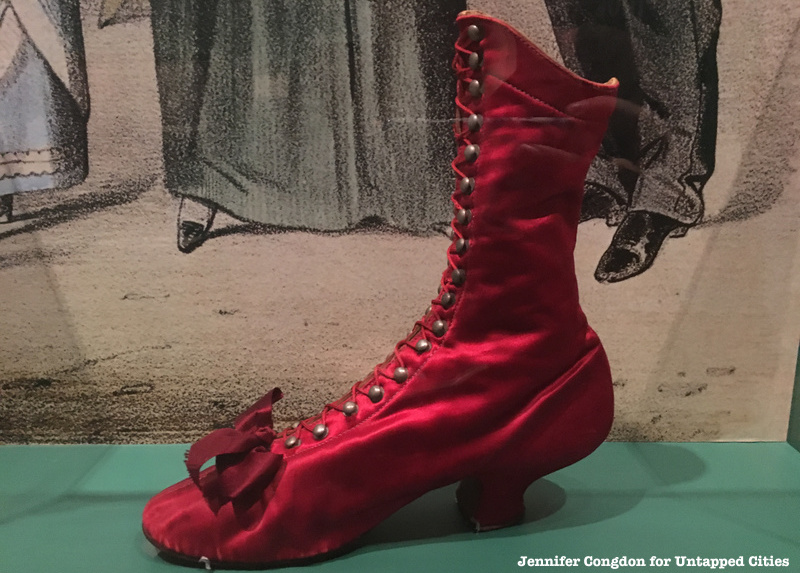 The aforementioned red shoe
The aforementioned red shoe
From there, viewers walk along the walls, which are divided into sections, each of which features a biography of notable “rebel” woman. Importantly, the exhibit highlights women of a variety of classes, races, ethnicities, and ideologies. Furthermore, as curator Dr. Marcela Micucci explains, the exhibit presents women who possess varying degrees of historical fame. For instance, Susan B. Anthony and Elizabeth Cady Stanton are featured because of their well-known contribution to women’s rights, but they do not dominate the exhibit. Micucci stresses the importance of including women who are generally lesser-known than Anthony and Stanton, but made just as notable contributions. Such women are Hetty Green (also known as “The Witch of Wall Street”), one of the wealthiest stock brokers at the time, and Helen Jewett, an empowered New York prostitute whose eventual murder was highly publicized.
Moreover, the Museum chose to display objects beyond photographs and artwork, all of which have a significant history and/or meaning. Like with the aforementioned red shoe, the museum tapped into its extensive textile collection to display clothing and accessories that Victorian women were expected to wear. Not only did the “rebel” women disregard these manners of dress which were uncomfortable and inhibited movement, they challenged the meaning behind them: that women were valued in regard to their beauty and docility.
Another unique aspect of the exhibit was that photographs of the rebel women were scanned and enlarged, and then printed on the museum walls. According to curator Dr. Micucci, some of the photographs are the only known photographs in existence that display the respective women and many of the exhibition materials have existed in the museum’s collection without ever having been on view. Rebel Women pays homage to these women and their crucial contributions to society that threaten to be lost in history.
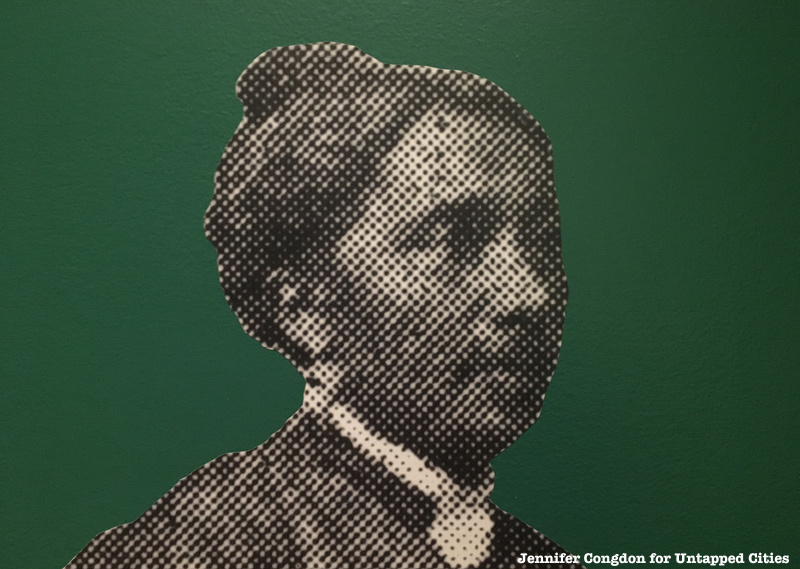 Photograph of Elizabeth Jennings Graham
Photograph of Elizabeth Jennings Graham
One particularly notable rebel woman is Elizabeth Jennings Graham, who is sometimes considered to be a precursor to Rosa Parks, for she challenged racial segregation around a century before the Civil Rights movement of the 1960s. In July 1854, she boarded a streetcar, which she had not realized was refusing to accept African American riders. When confronted, Graham refused to get off the streetcar. She went on to sue the railroad company — and won.
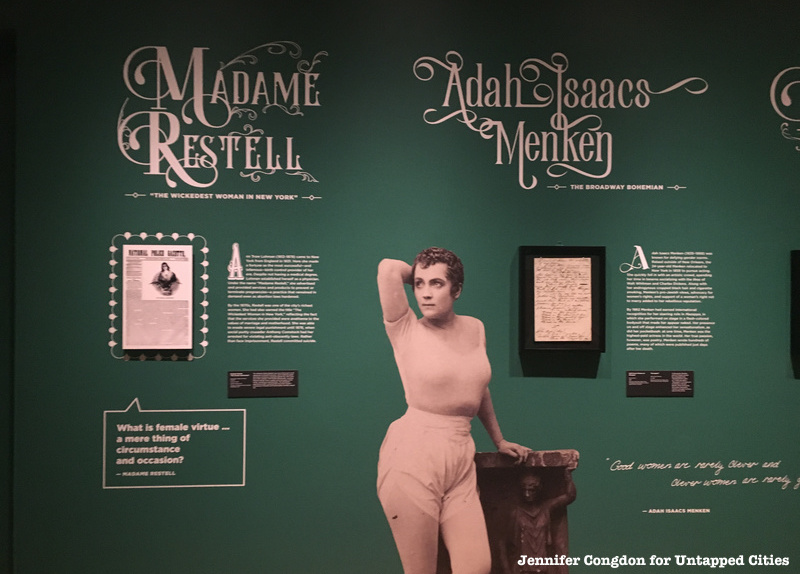
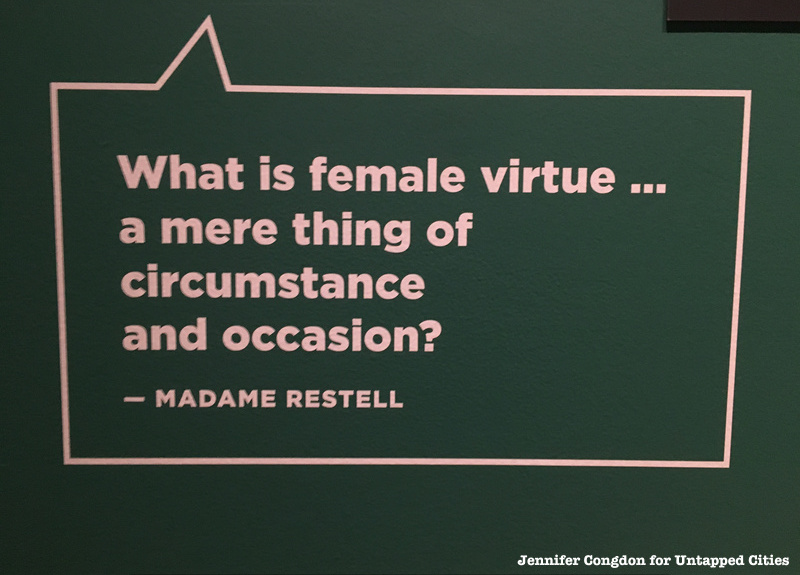
Elizabeth Jennings Graham is just one of the examples of how the exhibit emphasizes how rebel women were not only diverse in aspects of race and class, but also in their accomplishments. Women like Madame Restell and Adah Isaacs Menken are such women; rather than carving a space for women in areas like politics and the workplace, they challenged notions of women’s morality. Restell, also known as “the wickedest woman in New York”, was a prominent abortion doctor in 19th century New York. Predictably, her practice generated intense controversy and was a target of the infamous Comstock laws, thus highlighting her status as a rebel woman who disregarded what was not only an acceptable profession for women, but the ways in which women’s bodies were regulated.
Similarly, Adah Isaacs Menken, a bohemian actress, challenged morality through her physical and creative expression. Menken was known for her “gender–bending” manner of dress and her assertion that women have the right not to marry.
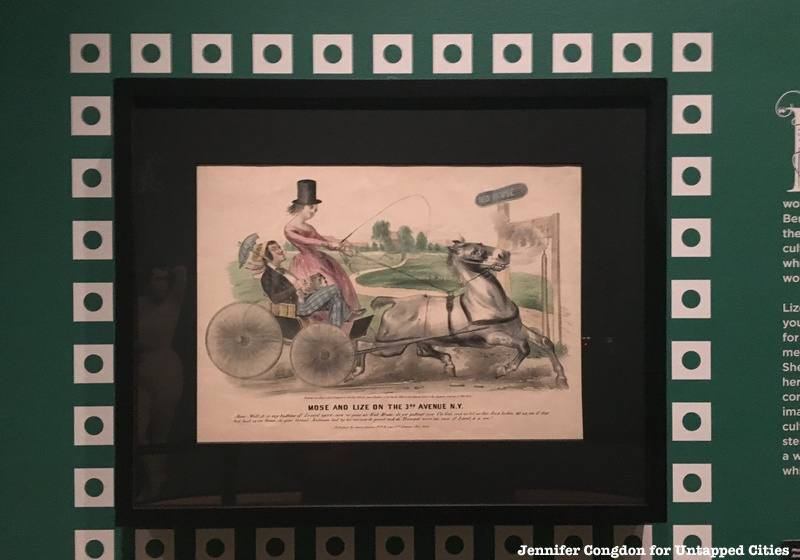 Print showing a gender role reversal: rebel woman, complete with a top hat, driving a horse cart while man holds a parasol
Print showing a gender role reversal: rebel woman, complete with a top hat, driving a horse cart while man holds a parasol
Ultimately, determining the relevance of Rebel Women to today’s political and social climate is hardly a difficult task. With the companion exhibit Beyond Suffrage, Rebel Women is essential viewing for casual museum-goers and history enthusiasts alike who are interested in learning about an often overlooked segment of history and reflecting on today’s feminist issues.
Check out other ways to celebrate women’s history in New York here.
Join us for an upcoming Untapped Cities Insider curator walkthrough or event with the Museum of the City of New York, one of our partners.






